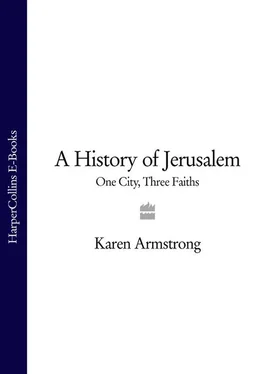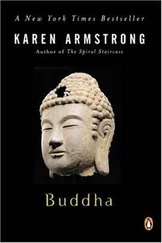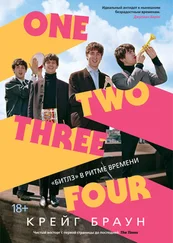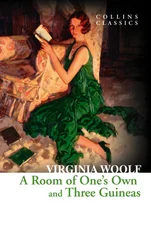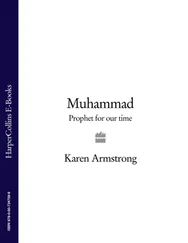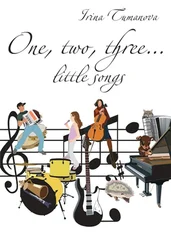The Jerusalem question is explosive because the city has acquired mythical status. Not surprisingly, people on both sides of the present conflict and in the international community frequently call for a rationalized debate about rights and sovereignty, divorced from all this emotive fiction. It would be nice if this were possible. But it is never safe to say that we have risen above our need for mythology. People have often tried to eradicate myth from religion in the past. Prophets and reformers in ancient Israel, for example, were extremely concerned to separate their faith from the mythology of the indigenous Canaanites. They did not succeed, however. The old stories and legends surfaced again powerfully in the mysticism of Kabbalah, a process that has been described as the triumph of myth over the more rational forms of religion. In the history of Jerusalem we shall see that people turned instinctively toward myth when their lives became particularly troubled and they could find no consolation in a more cerebral ideology. Sometimes outer events seemed so perfectly to express a people’s inner reality that they immediately assumed mythical status and inspired a burst of mythologized enthusiasm. Two such events have been the discovery of the Tomb of Christ in the fourth century and the Israeli conquest of Jerusalem in 1967. In both cases, the people concerned thought they had left this primitive way of thinking far behind, but the course of events proved too strong for them. The catastrophes which have befallen the Jewish and the Palestinian people in our own century have been of such magnitude that it has not been surprising that myth has once again come to the fore. For good or ill, therefore, a consideration of the mythology of Jerusalem is essential, if only to illuminate the desires and behavior of people who are affected by this type of spirituality.
The last term that we must consider before embarking on the history of Jerusalem is symbolism. In our scientifically oriented society, we no longer think naturally in terms of images and symbols. We have developed a more logical and discursive mode of thought. Instead of looking at physical phenomena imaginatively, we strip an object of all its emotive associations and concentrate on the thing itself. This has changed the religious experience for many people in the West, a process that, as we shall see, began in the sixteenth century. We tend to say that something is only a symbol, essentially separate from the more mysterious reality that it represents. This was not so in the premodern world, however. A symbol was seen as partaking in the reality to which it pointed; a religious symbol thus had the power of introducing worshippers to the sacred realm. Throughout history, the sacred has never been experienced directly—except, perhaps, by a very few extraordinary human beings. It has always been felt in something other than itself. Thus the divine has been experienced in a human being—male or female—who becomes an avatar or incarnation of the sacred; it has also been found in a holy text, a law code, or a doctrine. One of the earliest and most ubiquitous symbols of the divine has been a place. People have sensed the sacred in mountains, groves, cities, and temples. When they have walked into these places, they have felt that they have entered a different dimension, separate from but compatible with the physical world they normally inhabit. For Jews, Christians, and Muslims, Jerusalem has been such a symbol of the divine.
This is not something that happens automatically. Once a place has been experienced as sacred in some way and has proved capable of giving people access to the divine, worshippers have devoted a great deal of creative energy to helping others to cultivate this sense of transcendence. We shall see that the architecture of temples, churches, and mosques has been symbolically important, often mapping out the inner journey that a pilgrim must take to reach God. Liturgy and ritual have also heightened this sense of sacred space. In the Protestant West, people have often inherited a mistrust of religious ceremonial, seeing it as so much mumbo-jumbo. But it is probably more accurate to see liturgy as a form of theater, which can provide a powerful experience of the transcendent even in a wholly secular context. In the West, drama had its origins in religion: in the sacred festivals of ancient Greece and the Easter celebrations in the churches and cathedrals of medieval Europe. Myths have also been devised to express the inner meaning of Jerusalem and its various shrines.
One of these myths is what the late Romanian-American scholar Mircea Eliade has called the myth of eternal return, which he found in almost all cultures. According to this mode of thought, all objects that we encounter here on earth have their counterpart in the divine sphere. One can see this myth as an attempt to express the sense that our life here below is somehow incomplete and separated from a fuller and more satisfactory existence elsewhere. All human activities and skills also have a divine prototype: by copying the actions of the gods, people can share in their divine life. This imitatio dei is still observed today. People continue to rest on the Sabbath or eat bread and drink wine in church—actions which are meaningless in themselves—because they believe that in some sense God once did the same. The rituals at a holy place are another symbolic way of imitating the gods and entering their fuller and more potent mode of existence. The same myth is also crucial to the cult of the holy city, which can be seen as the replica of the home of the gods in heaven; a temple is regarded as the reproduction of a particular deity’s celestial palace. By copying its heavenly archetype as minutely as possible, a temple could also house the god here on earth.
In the cold light of rational modernity, such myths appear ridiculous. But these ideas were not worked out first and then applied to a particular “holy” location. They were an attempt to explain an experience. In religion, experience always comes before the theological explanation. People first felt that they had apprehended the sacred in a grove or on a mountain peak. They were sometimes helped to do so by the aesthetic devices of architecture, music, and liturgy, which lifted them beyond themselves. They then sought to explain this experience in the poetic language of mythology or in the symbols of sacred geography. Jerusalem turned out to be one of those locations that “worked” for Jews, Christians, and Muslims because it did seem to introduce them to the divine.
One further remark is necessary. The practices of religion are closely akin to those of art. Both art and religion try to make some ultimate sense of a flawed and tragic world. But religion is different from art because it must have an ethical dimension. Religion can perhaps be described as a moral aesthetic. It is not enough to experience the divine or the transcendent; the experience must then be incarnated in our behavior towards others. All the great religions insist that the test of true spirituality is practical compassion. The Buddha once said that after experiencing enlightenment, a man must leave the mountaintop and return to the marketplace and there practice compassion for all living beings. This also applies to the spirituality of a holy place. Crucial to the cult of Jerusalem from the very first was the importance of practical charity and social justice. The city cannot be holy unless it is also just and compassionate to the weak and vulnerable. But sadly, this moral imperative has often been overlooked. Some of the worst atrocities have occurred when people have put the purity of Jerusalem and the desire to gain access to its great sanctity before the quest for justice and charity.
All these underlying currents have played their part in Jerusalem’s long and turbulent history. This book will not attempt to lay down the law about the future of Jerusalem. That would be a presumption. It is merely an attempt to find out what Jews, Christians, and Muslims have meant when they have said that the city is “holy” to them and to point out some of the implications of Jerusalem’s sanctity in each tradition. This seems just as important as deciding who was in the city first and who, therefore, should own it, especially since the origins of Jerusalem are shrouded in such obscurity.
Читать дальше
